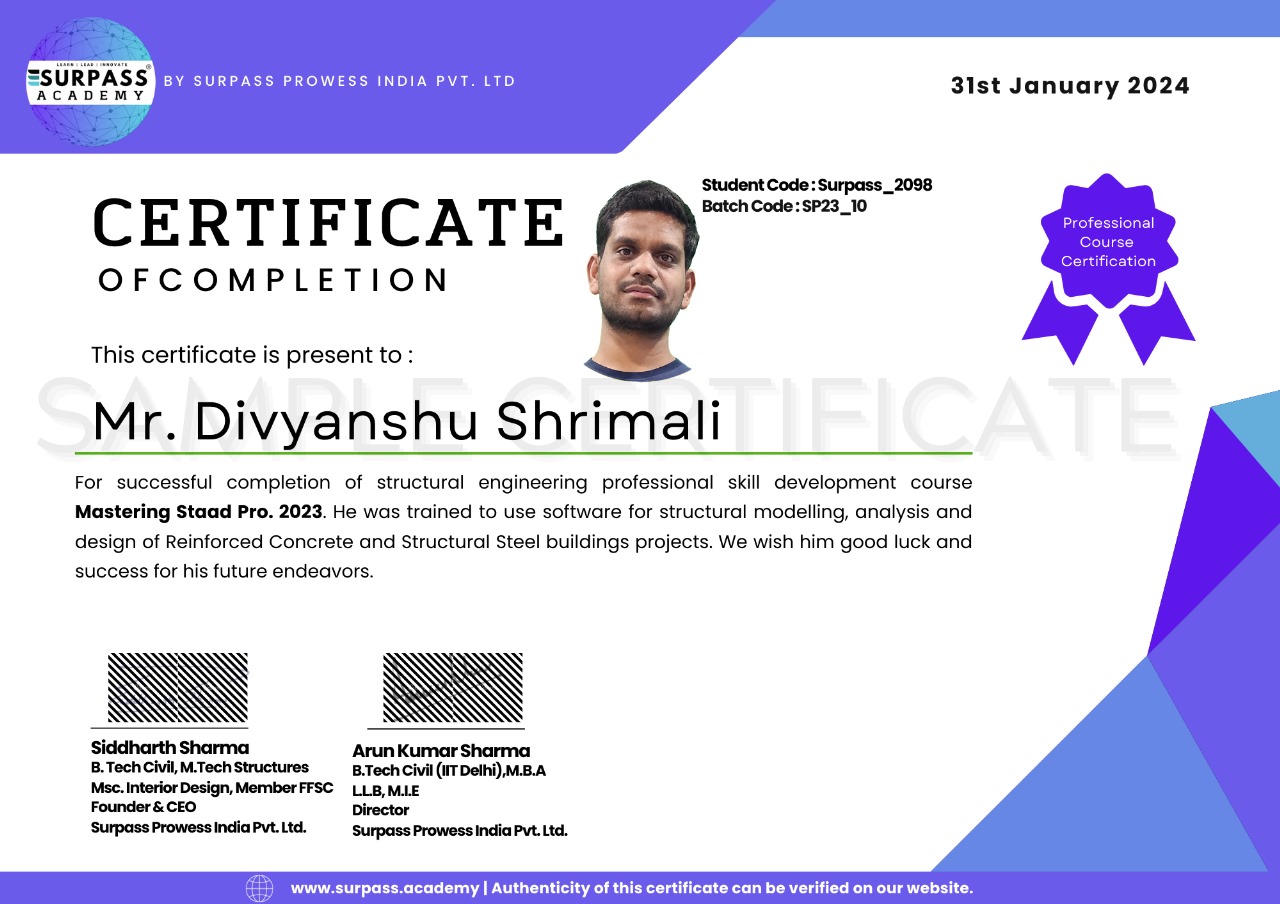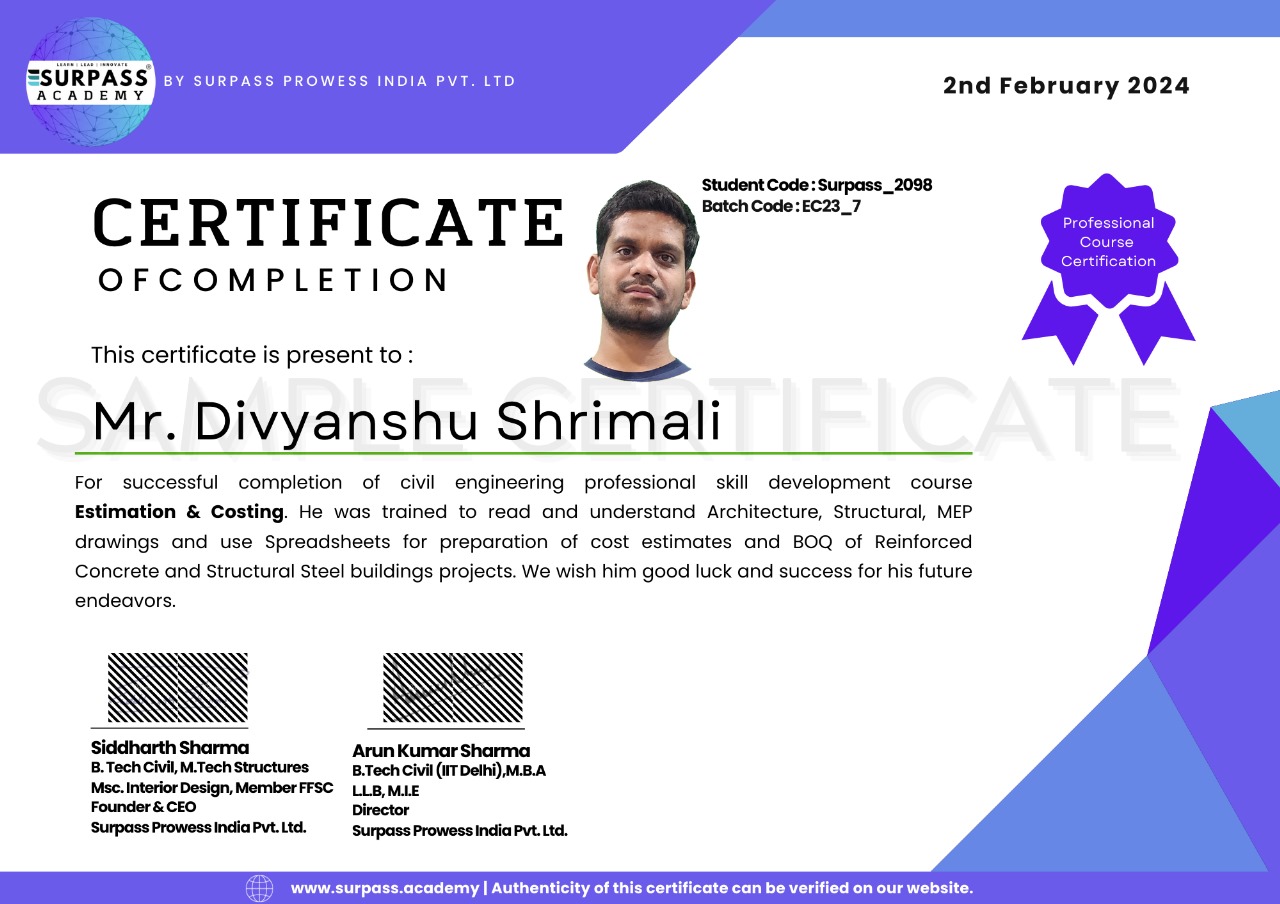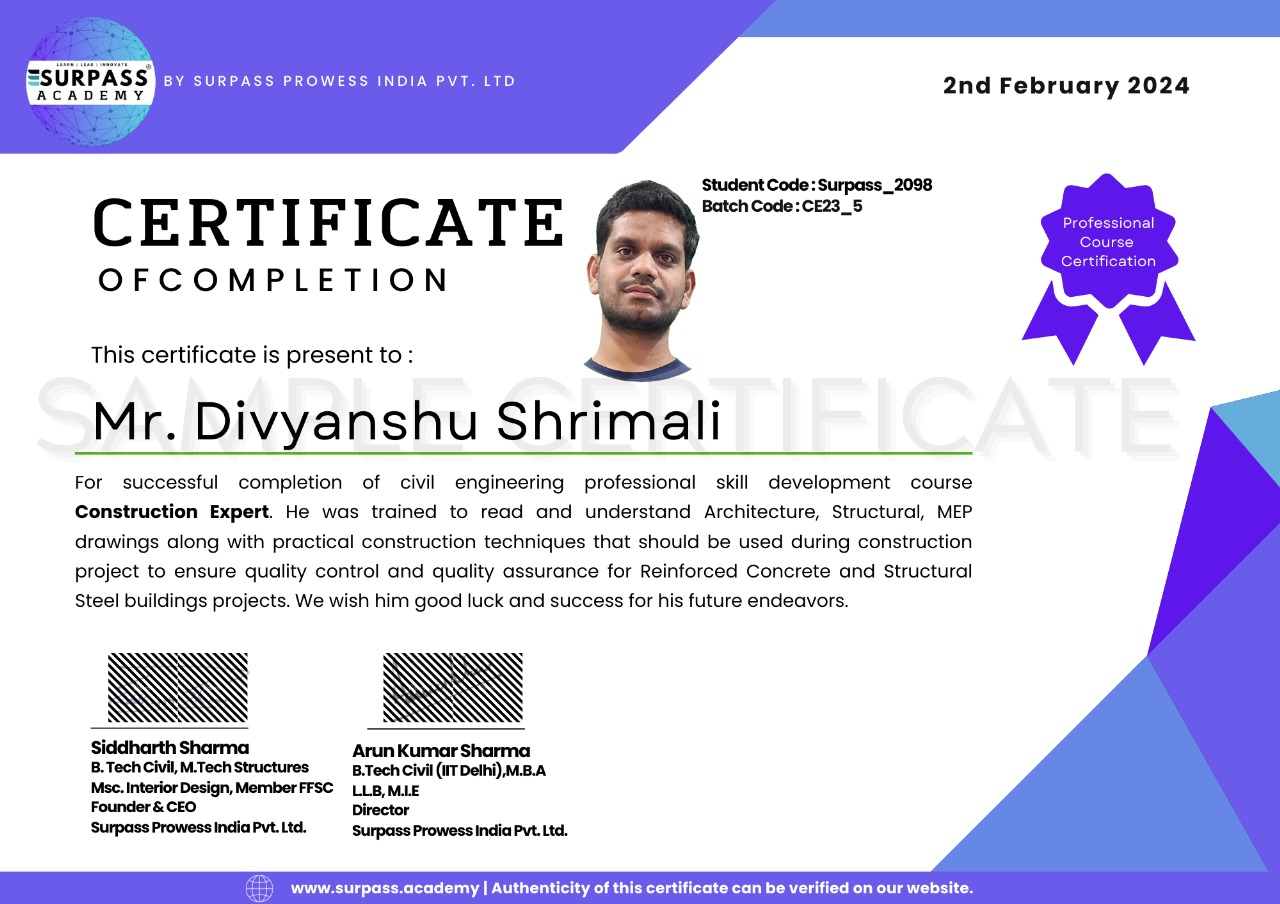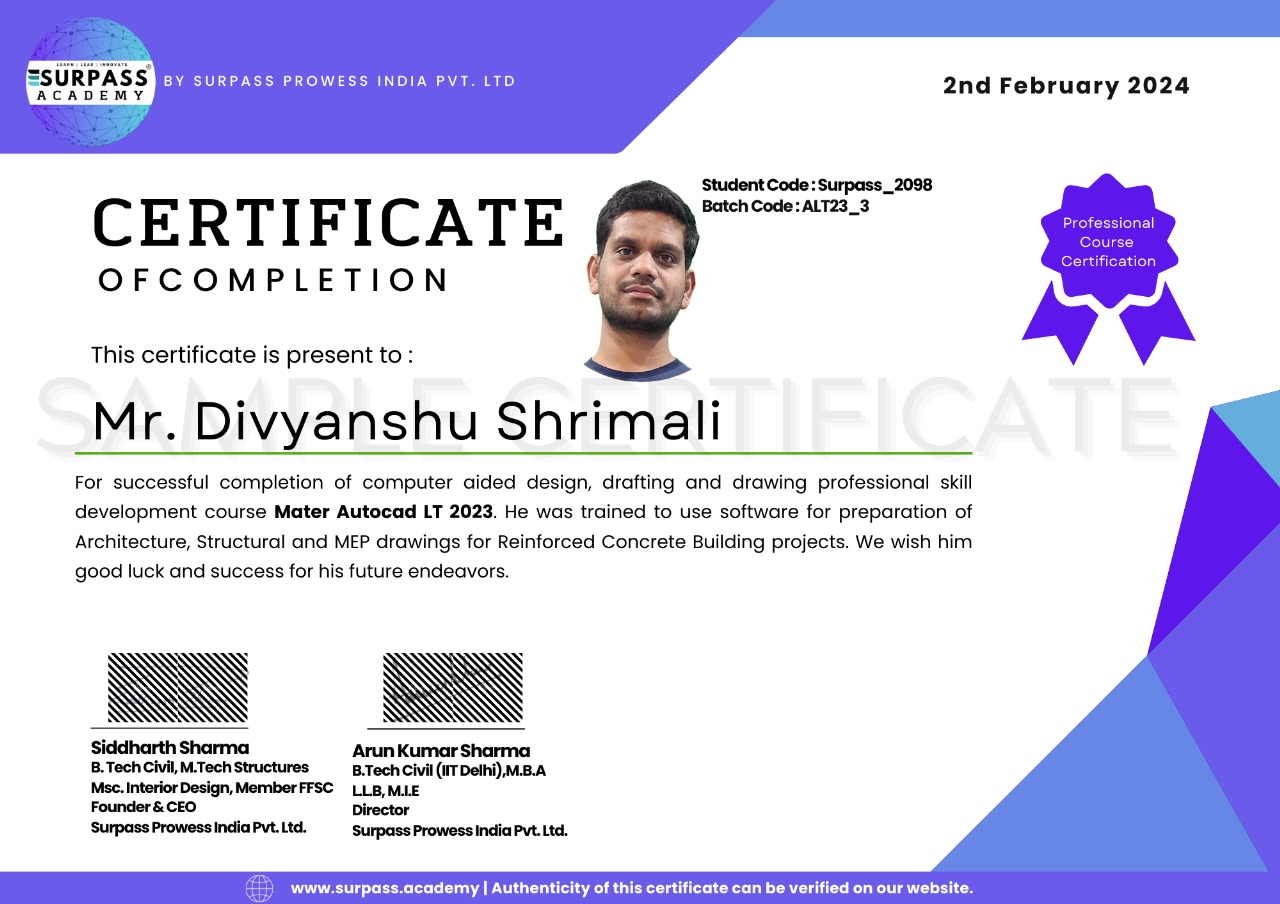
Building Connections: Steps Involved in Bridge Design
Introduction
Bridge design is a complex and multidisciplinary process that requires a deep understanding of structural engineering, materials science, and transportation needs. A well-designed bridge not only connects two points but also ensures safety, durability, and efficiency. In this technical blog, we will delve into the essential steps involved in the intricate process of bridge design.
- Needs Assessment and Planning:
The first step in bridge design is to assess the need for the bridge. This involves studying traffic flow, geographical features, environmental impact, and economic feasibility. The goal is to determine whether a bridge is the most suitable solution for connecting two points.
- Site Selection and Survey:
Once the need for a bridge is established, engineers perform a detailed site survey. This includes topographical surveys to understand the terrain, soil testing to assess the foundation's characteristics, and hydrological studies to gauge the impact on water bodies.
- Conceptual Design:
At this stage, engineers develop a preliminary conceptual design. They decide on the bridge type (e.g., beam, arch, suspension, cable-stayed) based on factors like span length, site constraints, and aesthetics. Initial load calculations are made to determine the bridge's general dimensions.
- Preliminary Structural Analysis:
Engineers perform an initial structural analysis to ensure that the chosen bridge type can support the expected loads and environmental conditions. This analysis helps refine the bridge's design and material choices.
- Environmental Impact Assessment:
Environmental impact assessments are conducted to evaluate the bridge's potential effects on the surrounding ecosystem, including wildlife, water bodies, and vegetation. Mitigation measures are developed to minimize adverse impacts.
- Detailed Design and Engineering:
In this phase, engineers create a detailed design of the bridge, specifying materials, dimensions, and construction methods. They also consider factors such as earthquake resistance, wind loads, and traffic flow dynamics in their calculations.
- Foundation Design:
The foundation design is critical for ensuring the bridge's stability. Depending on soil conditions, engineers choose between shallow foundations (e.g., spread footings) or deep foundations (e.g., piles or caissons) and design them to support the structure safely.
- Materials Selection:
Bridge materials are chosen based on factors like strength, durability, cost-effectiveness, and environmental impact. Common materials include concrete, steel, and sometimes composite materials.
- Safety Considerations:
Engineers incorporate safety features such as guardrails, lighting, and pedestrian walkways into the bridge's design to ensure the safety of users.
- Detailed Structural Analysis:
A more refined structural analysis is performed using advanced software to simulate various loading conditions and assess the bridge's behaviour under different scenarios.
- Construction Documents:
Detailed construction documents, including drawings, specifications, and calculations, are prepared to guide the construction process. These documents are essential for obtaining permits and bids from contractors.
12.Environmental Permits and Approvals:
Engineers work closely with environmental agencies to secure the necessary permits and approvals, addressing any concerns raised during the environmental impact assessment.
- Construction Phase:
Once construction begins, engineers monitor the process to ensure that it adheres to the design specifications and safety standards. Regular inspections and quality control checks are conducted.
- Testing and Commissioning:
After construction is completed, the bridge undergoes rigorous testing to ensure its safety and functionality. This includes load testing, stress testing, and inspections of critical components.
- TestingMaintenance and Monitoring:
The final step involves setting up a maintenance plan and monitoring system to ensure the bridge's ongoing safety and longevity. Routine inspections, repairs, and maintenance activities are essential to extend the bridge's lifespan.
Conclusion
Designing a bridge is a meticulous process that demands a deep understanding of engineering principles, environmental considerations, and safety standards. The steps involved in bridge design ensure that the final structure not only connects two points but also stands as a testament to engineering excellence, durability, and safety. A well-designed bridge is not just a physical connection; it is a symbol of human ingenuity and the enduring capacity to overcome geographical challenges.



















